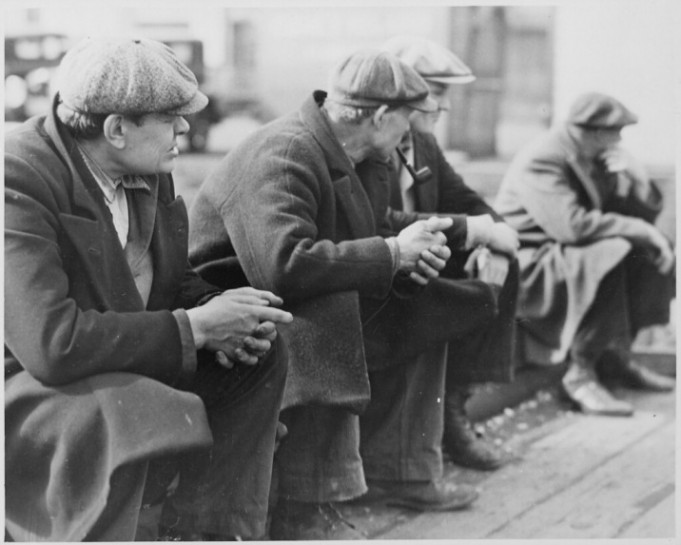Great Depression of 1929 – 1939 Explained
The Great Depression of 1929 – 1939, the worldwide economic downturn. It was the longest and most severe depression ever experienced by the industrialized Western world. The Great Depression caused drastic declines in output, deflation in almost every country in the world. The timing and severity of the Great Depression of 1929 – 1939, was particularly long and severe in the US; it was milder in Japan and much of Latin America.
Perhaps, the worst depression ever experienced by the world economy, caused economic output to fall in the US. The recovery from the Great Depression was spurred largely by the economic impact that was enormous, including profound changes in economic policy.
The Great Depression began in the US in the summer of 1929, became markedly worse, and continued until early 1933. Real output between the peak and the trough of the downturn, declined 47 percent and real GDP fell 30 percent. The wholesale price index declined 33 percent although there is some debate about the reliability of the statistics. The severity becomes clear when it is widely agreed that the unemployment rate exceeded 20 percent at its highest point.
Impact on Countries
The Great Depression of 1929 – 1939, affected virtually every country. However, the dates and magnitude of the downturn varied substantially across countries. The upturn in economic activity in a number of countries shows the peak-to-trough percentage decline in annual industrial production. Great Britain struggled with recession, but the country did not slip into severe depression. It was roughly one-third that of the US. France also experienced a relatively short downturn in the early 1930s, which was short-lived.
Germany’s economy stabilized before turning down again in the third quarter of 1929, due to the decline in German industrial production. A number of countries in Latin America fell into depression in early 1929, slightly before the US decline. Japan also experienced a mild depression in the Great depression of 1929 – 1939, which ended relatively early.
The general price deflation evident in the US was virtually what every industrialized country endured declines. It was evident in wholesale prices of 30 percent between 1929 and 1933, because of the greater flexibility of the price structure. Deflation in Japan, which was unusually rapid in 1930 and 1931, may have helped to keep the decline in Japanese production relatively mild. The prices in world markets declined even more dramatically during this period, including that of coffee, cotton, silk, and rubber.
Recovery
The US recovery in the Great depression of 1929 – 1939, began in the spring of 1933, real GDP rose at an average rate of 9 percent per year. The US suffered another severe downturn In 1937–38, but the country’s output finally returned to its long-run trend path in 1942. Recovery in the rest of the world varied greatly, although genuine recovery did not begin until the end of 1932. Canada and many smaller European countries started to revive early in 1933. On the other hand, France, which experienced severe depression, did not firmly enter the recovery phase until 1938.









